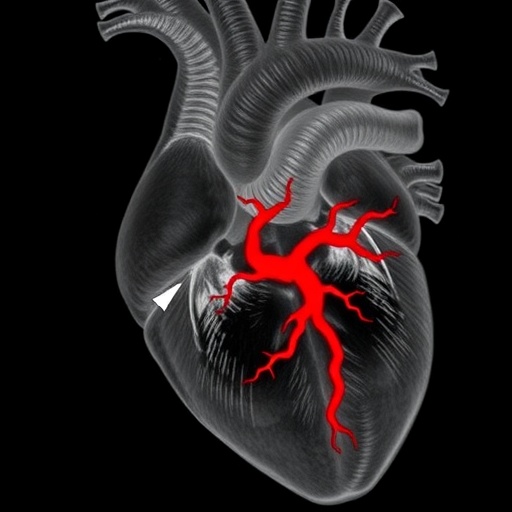Sleep disordered breathing can impair brain development, cause cognitive and behavior problems, according to the Journal of the American Osteopathic Association
CHICAGO–February 12, 2019–Children are grossly underdiagnosed for sleep disordered breathing (SDB), which includes obstructive sleep apnea (OSA), and the symptoms may be wrongly attributed to behavior issues, according to research in the Journal of the American Osteopathic Association.
Sleep apnea and related conditions can cause lasting damage to brain development during crucial years. As a result, children with undiagnosed SDB have been reported to use health care 226 percent more than the general population.
Up to 15 percent of children have some form of sleep disordered breathing. However, 90 percent go undiagnosed, often because symptoms are misattributed to psychological or emotional issues.
“Children who have behavior problems or are suspected to have ADHD might actually be suffering from a chronic lack of restorative sleep,” says John White, DDS, coauthor on this study.
Researchers explain that neurocognitive development, cellular regeneration, and tissue and bone growth all occur during the deep sleep stage. However, when breathing is obstructed in the upper airway, the brain switches back from deep to light sleep in order to resume normal breathing–barring the mind and body from critical restorative processes.
Symptoms of SDB and OSA in children include snoring, restless sleep, excessive sleepiness, teeth grinding and jaw clenching, migraines, bedwetting, and irritability. If SDB is suspected, White says a referral to a multidisciplinary team is ideal. This typically includes a pediatric ENT, sleep specialist, dentist trained in craniofacial development, and a myofunctional therapist.
White says that dentists are often able to screen for the problem because it is rooted in dysfunctional craniofacial development, which begin early on. He explains that infants with tongue-tie or who have latching problems during breastfeeding might be at risk for developing SDB or OSA, as well as children who have speech delays.
“A lot of airway problems come from poor jaw structure,” says White. “And the tongue is crucial in shaping the mouth, jaw and nasal cavity.”
For children who are diagnosed with SDB or OSA, the first line of treatment is usually removing the child’s tonsils and adenoids, according to White. If SDB persists following surgery, dentists might employ an orthodontic maxillary expander.
The device braces against the palate and top molars, with an adjustable bar bridging across the roof of the mouth. Parents turn a screw that extends the bridge one notch each week, over six to seven weeks. In that time, the roof of the mouth is expanded, increasing the volume of the nasal cavity and greatly improving respiratory patterns.
“Once we identify sleep apnea, treatment is usually very effective. The challenge is catching it early enough,” says White. “The early years are critical for brain development, so it’s essential that this condition is on our radar.”
###
About The Journal of the American Osteopathic Association
The Journal of the American Osteopathic Association (JAOA) is the official scientific publication of the American Osteopathic Association. Edited by Robert Orenstein, DO, it is the premier scholarly peer-reviewed publication of the osteopathic medical profession. The JAOA’s mission is to advance medicine through the publication of peer-reviewed osteopathic research.
Media Contact
Jeff Brennan, Media Relations Manager
312-202-8161 | [email protected]
Media Contact
Jeff Brennan
[email protected]
312-202-8161
Related Journal Article
http://jaoa.
http://dx.




